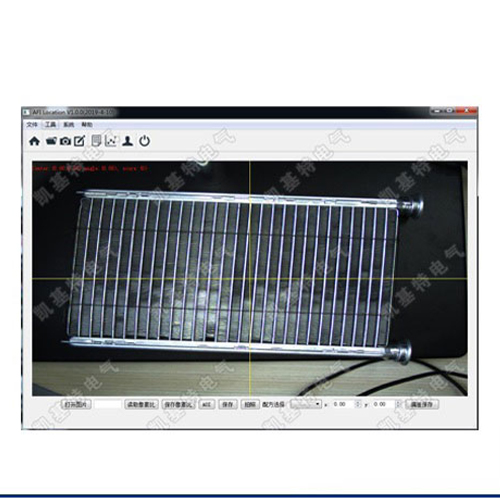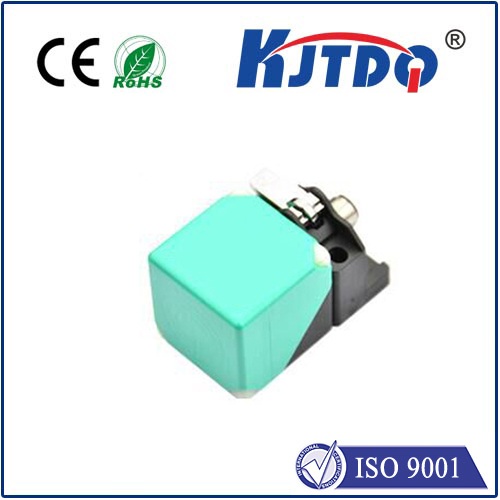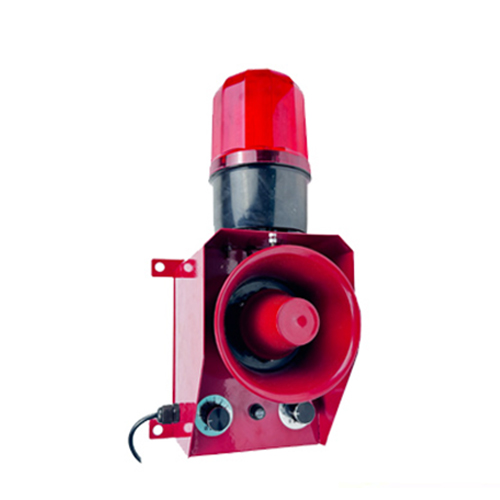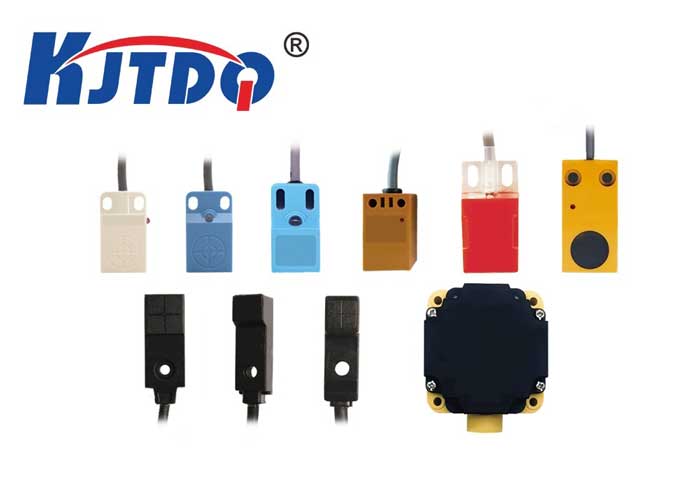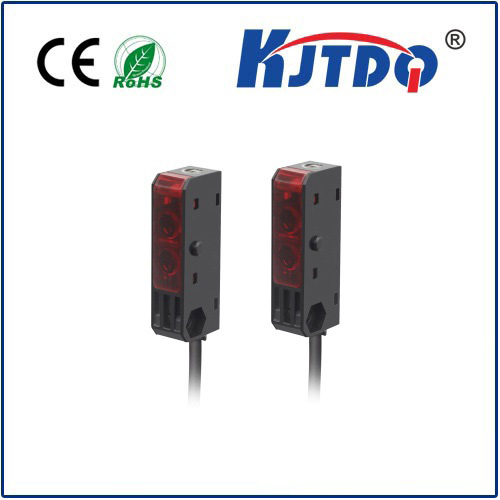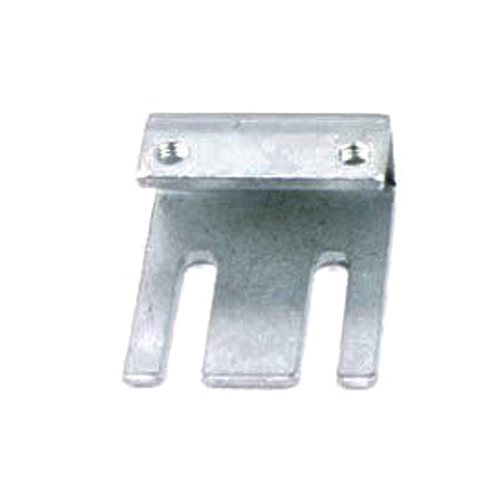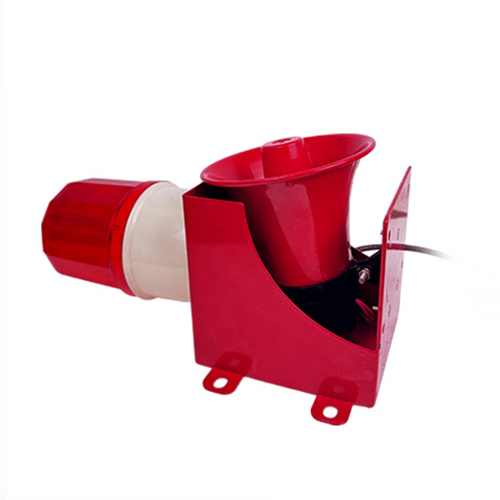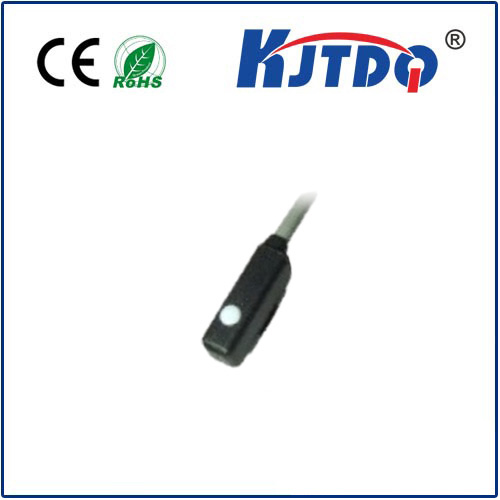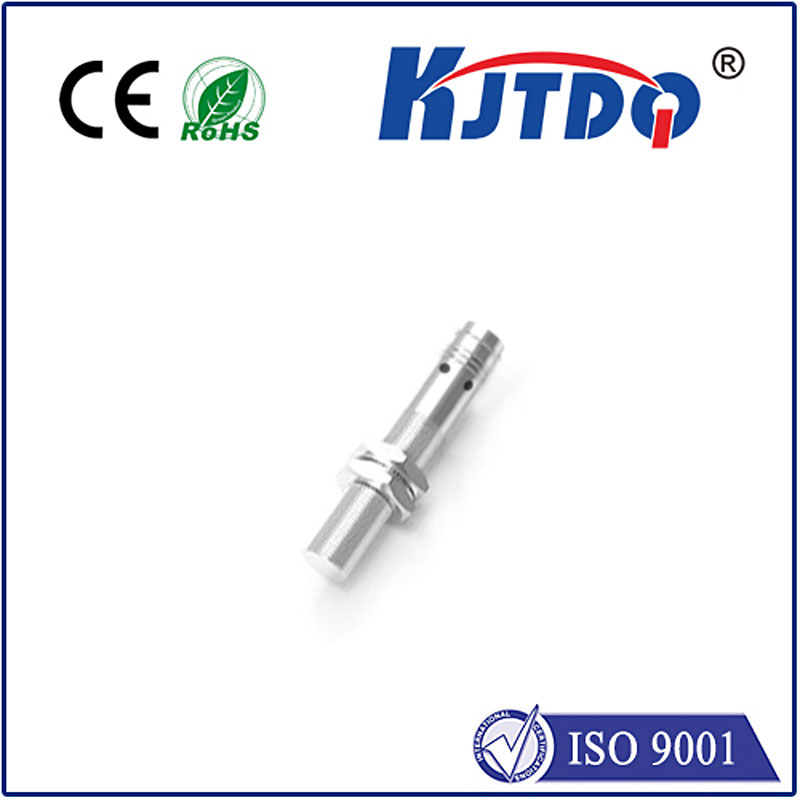

check

check

check

check

check

check

check

check

check

check
The world of sensors has seen a significant evolution in recent years, with the emergence of new and innovative technologies that have revolutionized the way we sense and interact with our environment. One such technology that has gained widespread attention is the diffuse reflective type sensor. This cutting-edge sensor technology offers unparalleled accuracy, reliability, and flexibility, making it an ideal choice for a wide range of applications.
In this article, we will delve deeper into the world of the diffuse reflective type sensor, exploring its workings, advantages, and potential applications. We will also examine how this technology is transforming various industries and improving our daily lives.
What is a Diffuse Reflective Type Sensor?
A diffuse reflective type sensor is a specialized photoelectric device that detects changes in light intensity. It works on the principle of reflection, where light is emitted from a source, bounces off a target surface, and then returns to the sensor. The reflected light is then analyzed by the sensor to determine various characteristics of the target surface, such as color, texture, or distance.
Unlike traditional sensors that require a direct line of sight between the sensor and the target, the diffuse reflective type sensor can detect targets even if they are not directly facing the sensor. This makes it an ideal choice for applications where space is limited or where there are obstacles that may obstruct the sensor's view.
Advantages of Diffuse Reflective Type Sensors

Diffuse reflective type sensors offer several advantages over other types of sensors. These include:
1. High Accuracy: Diffuse reflective type sensors can detect subtle changes in light intensity, allowing for precise measurements of target characteristics.
2. Wide Range of Applications: Due to their flexible design, diffuse reflective type sensors can be used in a variety of applications, including industrial automation, robotics, medical diagnostics, and automotive systems.
3. Reliability: These sensors are designed to operate under harsh conditions, making them highly reliable and durable. They are resistant to dust, dirt, moisture, and other environmental factors that can interfere with sensor performance.
4. Easy to Install and Maintain: Diffuse reflective type sensors are easy to install and maintain, reducing downtime and maintenance costs. They can be easily integrated into existing systems without requiring extensive modifications.
Potential Applications of Diffuse Reflective Type Sensors
The versatility of diffuse reflective type sensors makes them suitable for a wide range of applications across various industries. Some potential applications include:
1. Industrial Automation: Diffuse reflective type sensors can be used in assembly lines to detect product defects or measure product dimensions accurately. They can also be used in packaging machines to ensure proper product placement and alignment.
2. Robotics: These sensors can help robots navigate their surroundings by detecting obstacles or measuring distances. They can also be used in robotic arms for precision movements during manufacturing processes.
3. Medical Diagnostics: Diffuse reflective type sensors can be used in medical devices to detect changes in tissue color or texture, aiding in diagnosis and treatment planning. They can also be used in non-invasive monitoring systems to track vital signs and physiological parameters.
4. Automotive Systems: These sensors can be used in automotive systems to detect objects in the vehicle's path, aiding in collision avoidance. They can also be used in parking assistance systems to detect obstacles and guide drivers safely into parking spaces.
Conclusion
The diffuse reflective type sensor is a revolutionary technology that offers unparalleled accuracy, reliability, and flexibility in modern sensing applications. Its ability to detect targets even when they are not directly facing the sensor makes it an ideal choice for a wide range of applications across various industries. As this technology continues to evolve and improve, we can expect to see even more exciting developments in the field of sensor technology in the coming years.
